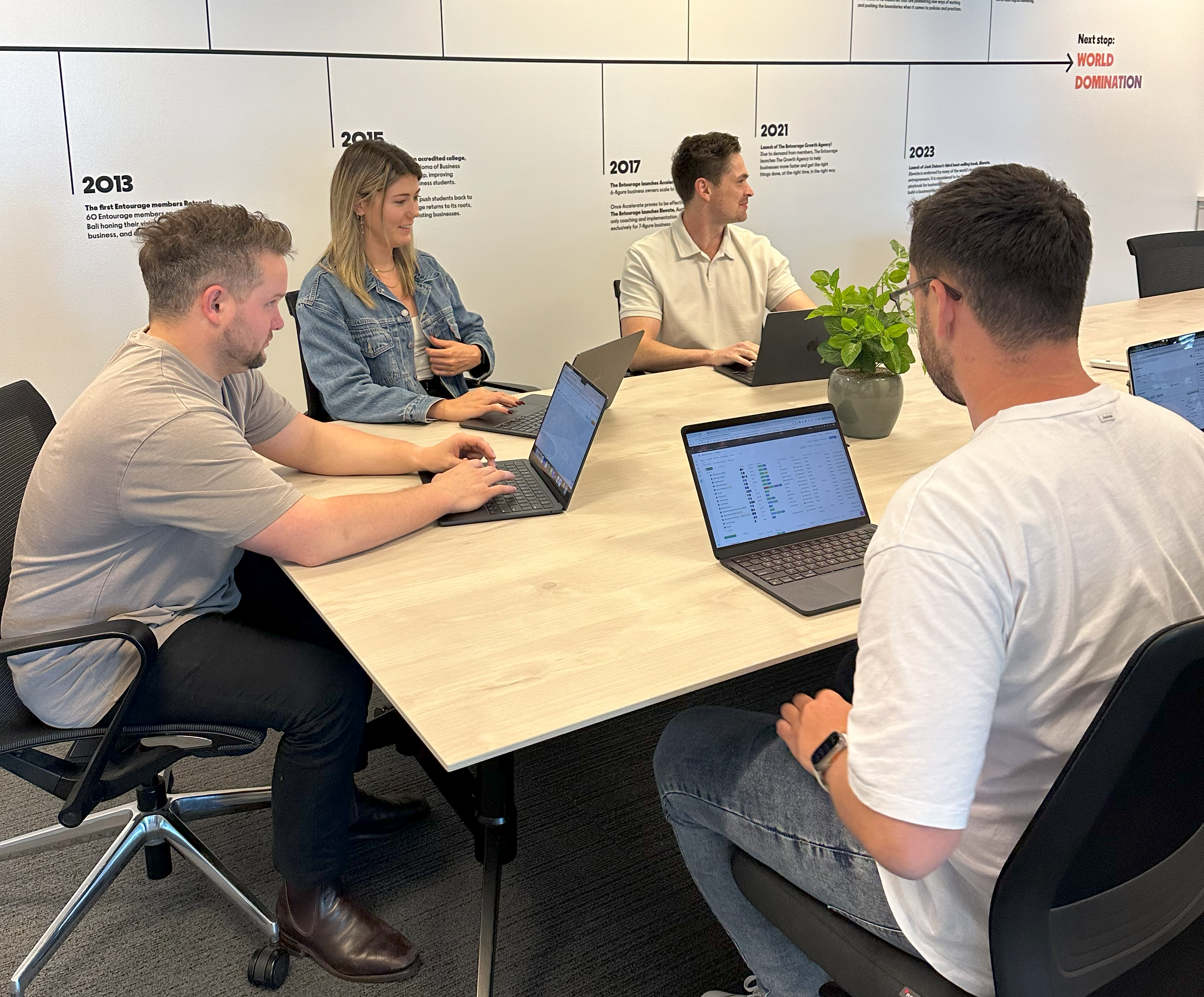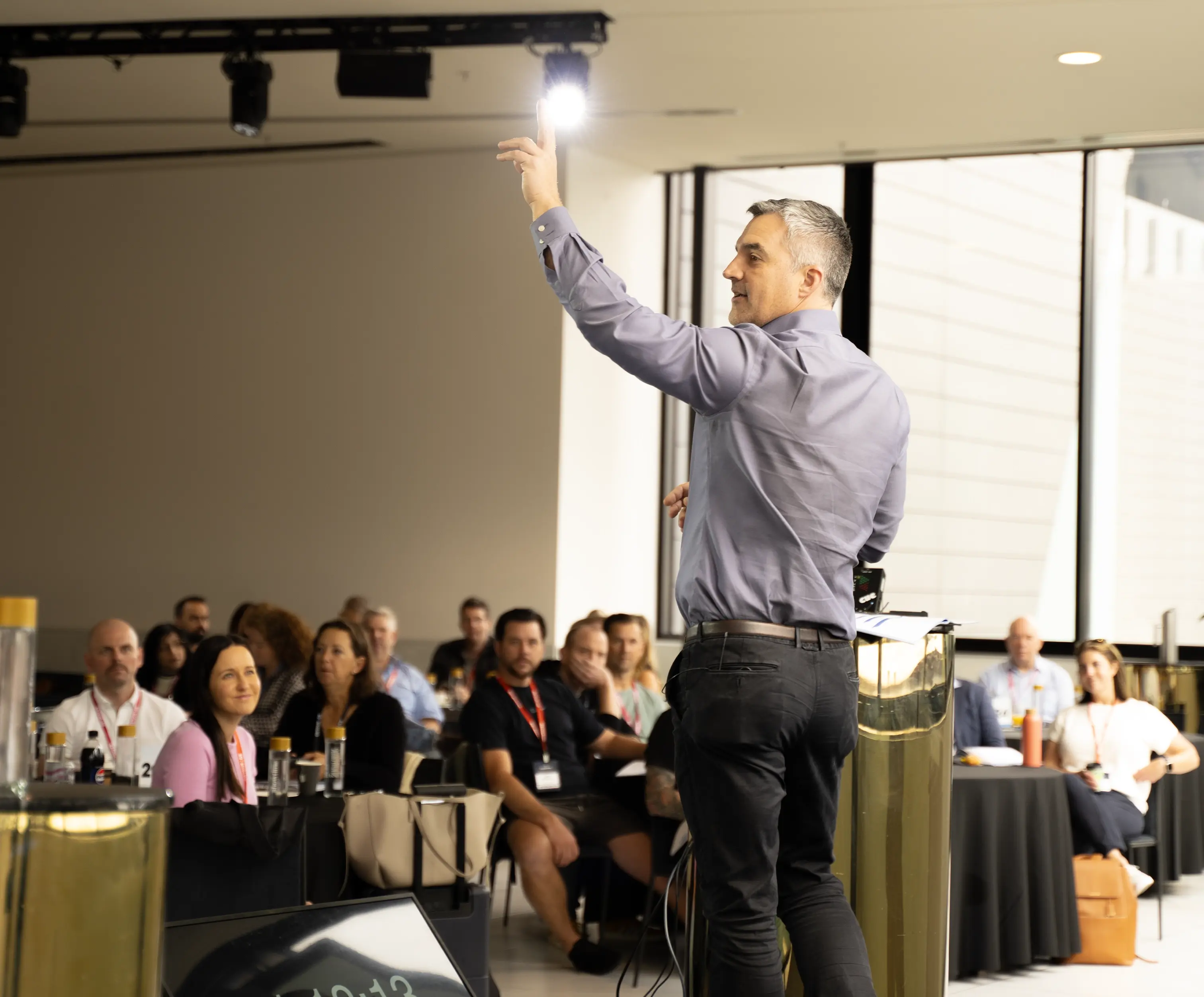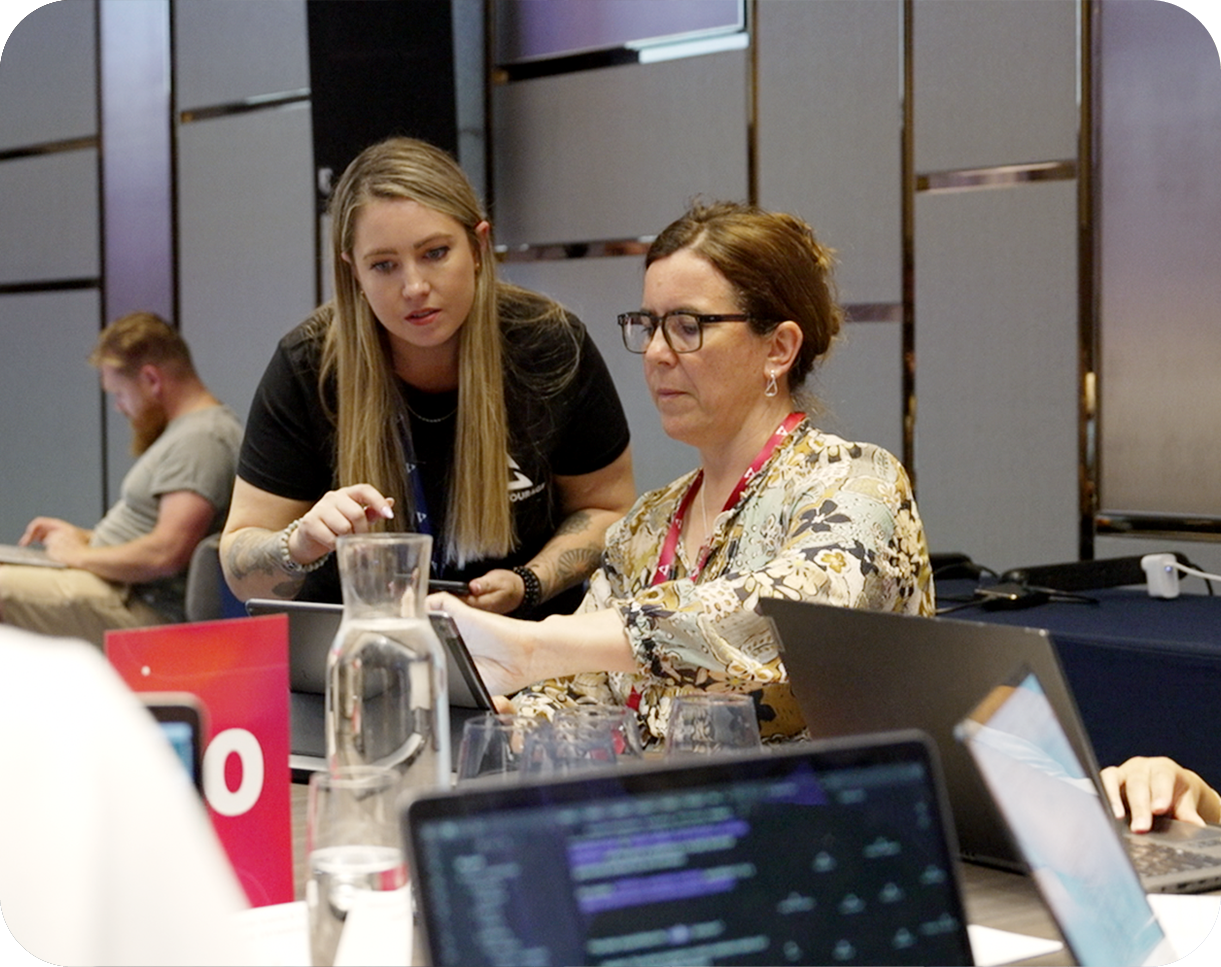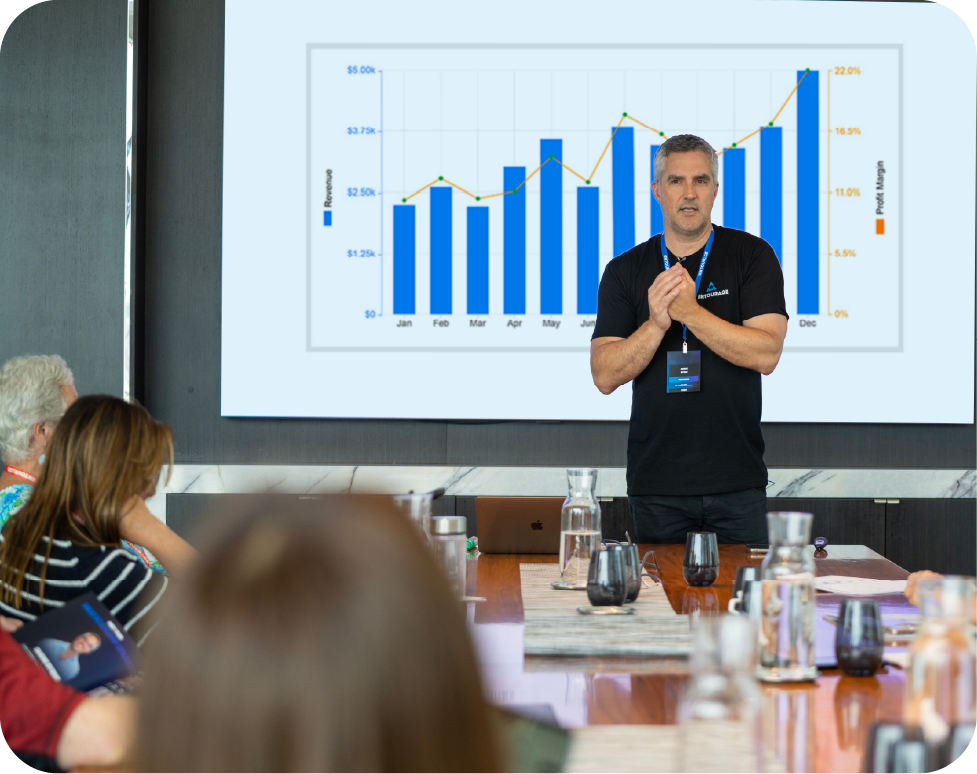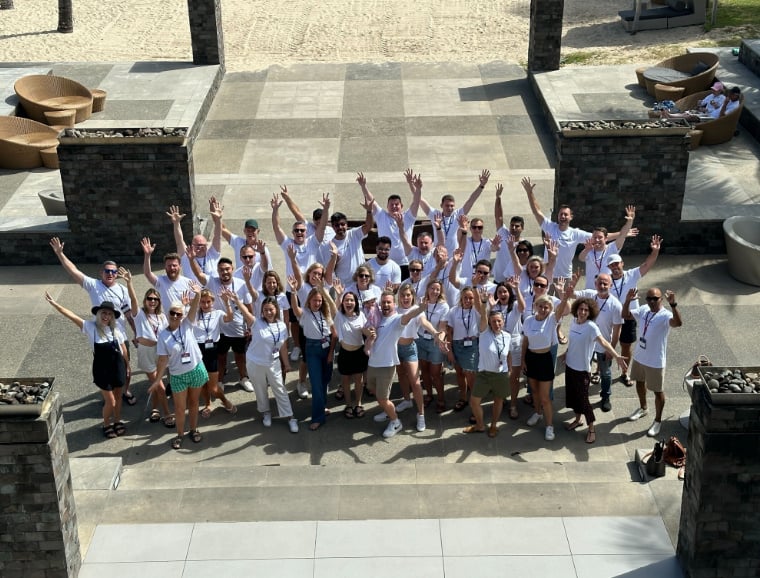Running a business keeps you busy. Between hiring, managing operations, and trying to grow, safety audits might feel like just one more thing on your plate. But skipping over them—or rushing through—can lead to real problems down the line. The good news? Most safety audit mistakes are easy to avoid once you know what to look for.
Here’s a look at seven common safety audit mistakes and how to fix them before they cost you time, money, or worse.
1. Skipping the Follow-Up
You’ve finished the audit, documented the issues, and filed the report. Now what? If your answer is “nothing,” you’re making one of the biggest safety mistakes out there.
A safety audit is only useful if someone follows up. If hazards are found but not addressed, it leaves your workplace vulnerable to accidents—and legal issues. In fact, ignoring known safety concerns can sometimes be worse than not doing an audit at all.
If OSHA inspects your business and sees problems that were previously documented but never fixed, that could lead to serious fines. That’s where having the right support matters. Working with a consultant or service that offers OSHA citation defense assistance can help you navigate that process. LegacyMark Safety Consulting, for example, helps businesses handle OSHA citations, reduce penalties, and avoid repeat violations.
2. Not Involving Employees
One of the easiest ways to improve your audit? Talk to your team.
Managers and safety coordinators can’t see everything. Employees often know about risks that never make it onto a checklist. Maybe a guard is always loose on a machine. Maybe a spill-prone spot in the hallway gets ignored. Workers on the ground floor notice these things more than anyone else.
When you involve employees in safety audits, you don’t just get better information—you also show them that their safety matters. That creates a stronger safety culture and encourages people to speak up before accidents happen.
You can start small. Ask a few team members to walk through their area with a checklist. Have short one-on-one conversations about safety concerns. Keep feedback anonymous if that helps people speak more openly. The more your team participates, the more accurate your audit will be.
3. Using a Generic Checklist
A one-size-fits-all checklist doesn’t work for every business. What’s important for a restaurant might not matter in a warehouse. And what matters in a warehouse might be irrelevant in an office.
A generic list might help you get started, but it shouldn’t be the final version. You’ll get better results by tailoring your checklist to your business’s actual risks.
Take a look at past incidents or near misses. Talk to employees about common issues. Walk through your facility and note any equipment, chemicals, or areas that need extra attention. Then build a checklist that makes sense for your team.
4. Rushing Through the Process
We get it—you’re busy. But safety audits take time. Rushing through them leads to missed hazards and poor documentation.
An audit isn’t just about walking through the building and checking off boxes. It’s about observing how work is actually done, talking to employees, and looking for anything that might cause harm.
Try to schedule audits when you have enough time to do them right. If needed, break them into smaller sections. Just don’t treat it like a task to get over with—it should be a tool for keeping your people safe.
Also, avoid scheduling audits right before holidays, events, or other busy times. It’s easy to cut corners when your team is distracted or short-staffed. Make the audit a priority, not an afterthought.
5. Ignoring Near Misses and Minor Incidents
If no one got hurt, it’s easy to shrug something off. But that’s a missed opportunity.
A near miss is a warning sign. Maybe someone tripped but didn’t fall. Maybe a box nearly toppled from a shelf. These close calls show where your system has weak spots. And fixing those now is easier—and cheaper—than waiting for someone to get seriously hurt.
Make it easy for employees to report near misses, and include them in your safety audit. Treat them with the same care as full accidents, and you’ll create a safer space for everyone.
You can also log these events in a shared spreadsheet or safety log. Review the log regularly, and talk through patterns during team meetings. This builds awareness and shows employees that even “almost accidents” matter.
6. Failing to Review Past Audit Results
Each audit is part of a bigger picture. If you’re not looking back at old reports, you might be missing patterns.
Let’s say you’ve noted the same issue three audits in a row. That’s a red flag. Maybe it’s not being fixed, or maybe your solution isn’t working.
Before starting a new audit, review the last few reports. What’s been resolved? What’s still outstanding? What keeps popping up? This kind of review helps you focus your efforts and avoid repeating the same mistakes.
7. No One Is Assigned to Fix Anything
You’ve identified problems. Great. But who’s actually fixing them?
One of the most common mistakes in safety programs is leaving issues hanging because no one takes ownership. Maybe it’s not clear who should handle it. Maybe people assume someone else is working on it.
Make sure every item on your audit has a name and a deadline attached. Assign tasks based on roles—maintenance, management, supervisors—and hold regular check-ins to make sure things are moving.
Accountability keeps problems from slipping through the cracks.
Safety audits don’t have to be overwhelming. In fact, they’re one of the simplest ways to catch problems early and protect your team. Avoiding these seven common mistakes can help you turn your audits into a valuable tool instead of a frustrating task.
Take time to customize your checklist. Involve your employees. Follow up. Keep track of past issues. And when problems are found, don’t wait—act fast, assign responsibility, and get it done.
By putting real effort into your safety audits, you’re not just staying compliant—you’re showing your team that their well-being matters. And that’s something worth doing right.
Related Categories
Ryan Terrey
As Director of Marketing at The Entourage, Ryan Terrey is primarily focused on driving growth for companies through lead generation strategies. With a strong background in SEO/SEM, PPC and CRO from working in Sympli and InfoTrack, Ryan not only helps The Entourage brand grow and reach our target audience through campaigns that are creative, insightful and analytically driven, but also that of our 6, 7 and 8 figure members' audiences too.

